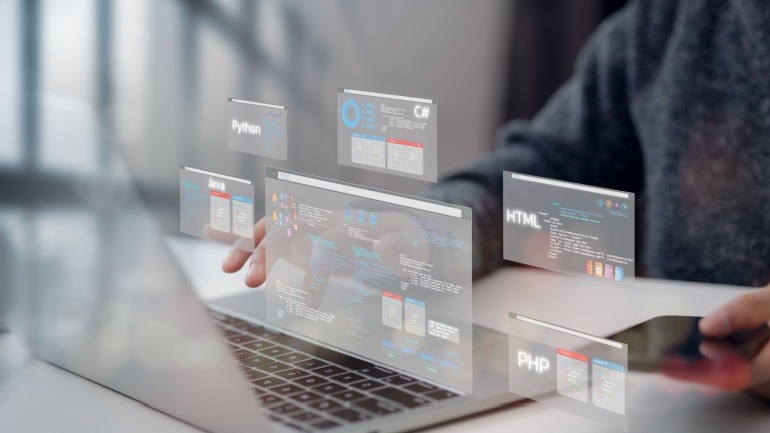Ericsson’s new 5G Advanced software suite targets next-level network programmability and enhances VoIP capabilities. With seven products, Ericsson boosts performance and user experience, aligning networks with business goals using AI-driven technologies.
Airties, a global leader of managed Wi-Fi solutions for broadband service providers, today announced it has opened its first office in India – a new R&D center based in Bangalore, focused on enhancing the AI, cloud, and DevOps capabilities of Airties for use in Smart Wi-Fi deployments. The new center in India aims to employ around 100 specialized software engineers focused on further extending the capabilities of Airties Cloud management platform.
The US Commerce Department has prohibited the use of Kaspersky security software across the United States, citing national security concerns. The Bureau of Industry and Security (BIS) determined that Kaspersky’s cybersecurity products pose “unacceptable risks” to US national security and public safety.
In a bid to expedite the advancement of 6G software, tech behemoth Samsung and chip design firm Arm have joined forces to delve into parallel packet processing technology. This cooperative effort will see Samsung Research launching an open-source initiative in conjunction with Arm to collectively innovate and refine parallel packet processing technology.
Aculab, a leading provider of telecom solutions, has announced a significant enhancement to their telephony software, Prosody S, with the integration of AI-Powered Answering Machine Detection (AI-AMD). This cutting-edge feature aims to revolutionize corporate communications and streamline interactions with clients.
SoftBank’s recent €473m acquisition of a 51% stake in Cubic Telecom indicates a growing confidence in connected vehicles’ market. Cubic’s unique software – already utilized in around 17 million vehicles worldwide – allows manufacturers to add new functionality over-the-air, enhancing safety and performance. According to McKinsey & Co, by 2030, 95% of new vehicles are anticipated to be connected, revealing the tremendous potential of this sector.
Stepping into the spotlight, Ericsson unveils a software toolkit aimed at enhancing 5G connectivity services. Harnessing fresh algorithms to optimize performance, modifying RAN slicing for faster service, and promising superior low-latency capabilities, this toolkit is a game-changer. Despite the off-pulse struggle to unlock 5G potential, this toolkit is deemed as a catalyst for transitioning from ‘best-effort’ broadband to premium experience. Yet, the question remains: Will consumers bite? In this backdrop, Network X, a collaboration with the wireline and cloud industries, promises insightful stories and strategies, marking a critical date for telecom enthusiasts.
In a monumental collaboration, Qualcomm and AWS aim to connect vehicles with the cloud, reshaping the future of automotive industry. Through this partnership, they offer auto companies the ability to fine-tune advanced vehicle software through cloud before installation. An integral part of this innovation is the Snapdragon Digital Chassis portfolio, which includes enhanced safety and infotainment systems.
In a strategic move to enhance cybersecurity, Japan’s prominent technology players, including KDDI Corporation, KDDI Research, Inc., Fujitsu Limited, NEC Corporation, and Mitsubishi Research Institute, Inc. (MRI), have joined forces to initiate a groundbreaking endeavor. The project, set to commence on August 1, 2023, entails a series of trials investigating the integration of a Software Bill of Materials (SBOM) into the realm of communication, encompassing 5G and LTE network equipment.
Samsung and Wind River collaborate on automotive-focused Exynos Auto V920 chips, promising seamless over-the-air updates and multi-OS compatibility for connected, autonomous, and electric vehicles. A potential game-changer in software-defined car industry, raising both excitement and debate.













